IICRC Certified | Licensed & Insured
RESIDENTIAL & COMMERCIAL MOLD REMOVAL SERVICES
At Restoration Connection, we offer licensed, professional mold removal and remediation services.
Mold exists everywhere, that’s a fact. It’s important to undergo mold inspections to find visible growth or airborne problems. If you spot mold in your home, call us for professional mold remediation.
If your home is at risk of mold due to flood damage or fire damage, our company offers free mold estimates. We can be onsite within a few hours to help you dry your home and prevent a potential mold growth issue right away.
We pride ourselves on our dedication to customer education, service, and our adherence to national standards and best practices.
For a free mold removal or remediation quote by one of our certified specialists in the local area, call today! Remember, if you have signs of mold growth in your home, it is important to first contact your local mold testing professionals to identify the issue.
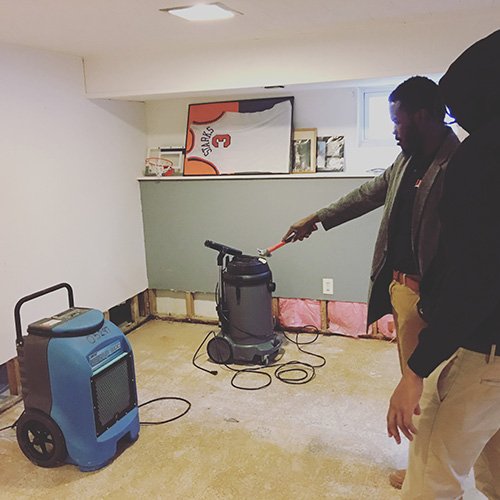
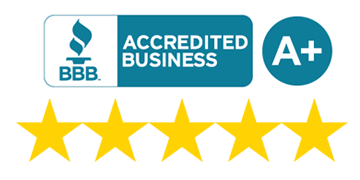

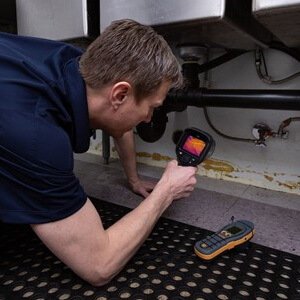
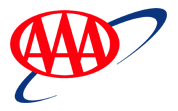
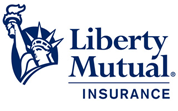
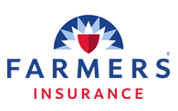
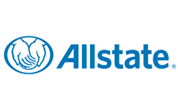


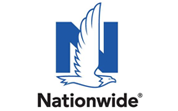

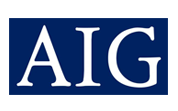
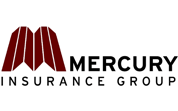
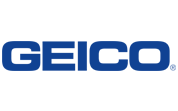
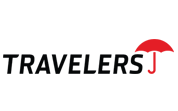
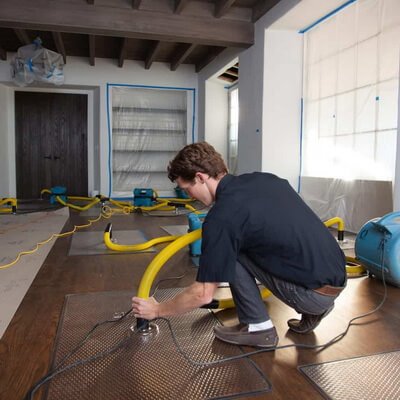



People at high risk from mold spore exposure:
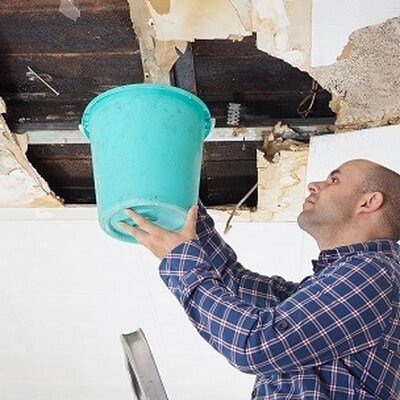
Mold Remediation




Get a free estimate today!
Every mold damage scenario is different and requires a unique solution, but the general mold remediation process stays the same. The steps listed below illustrate the “typical” process:
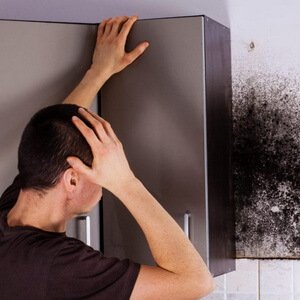


Water damage is not biased to what gets damaged and what doesn’t. For example walls, wood components, contents, flooring and insulation may all be damage when in contact with water. Therefore, our technicians will evaluate the extent of the damage using advanced professional moisture detection equipment. Furthermore, the technician will set a “drying goal” and try to meet that goal as efficiently and quickly as possible by utilizing the right tools, equipment, and methods.
Monitoring the equipment is important but so is monitoring of the air being dried which is the invisible part of this whole process technically called “Atmospheric Readings” these are taken with RH units called hygrometers this tool will let us know that we have the affected air at optimum drying conditions to dry the building material in the quickest time possible.

Water damage is not biased to what gets damaged and what doesn’t. For example walls, wood components, contents, flooring and insulation may all be damage when in contact with water. Therefore, our technicians will evaluate the extent of the damage using advanced professional moisture detection equipment. Furthermore, the technician will set a “drying goal” and try to meet that goal as efficiently and quickly as possible by utilizing the right tools, equipment, and methods.
Monitoring the equipment is important but so is monitoring of the air being dried which is the invisible part of this whole process technically called “Atmospheric Readings” these are taken with RH units called hygrometers this tool will let us know that we have the affected air at optimum drying conditions to dry the building material in the quickest time possible.
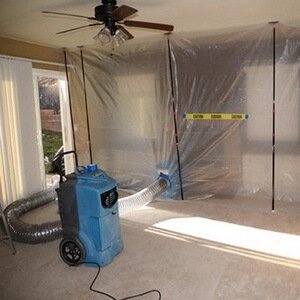

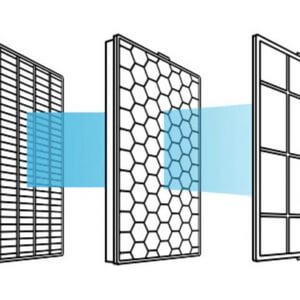

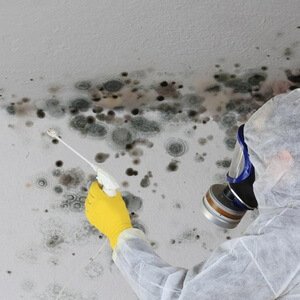

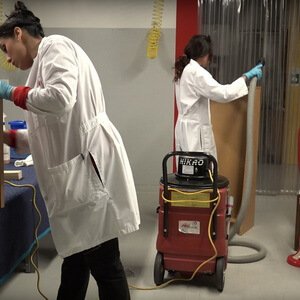

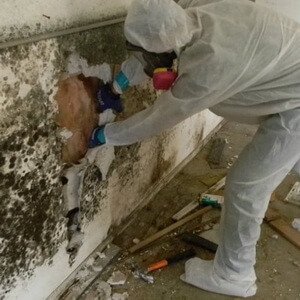

You can count on us to get the job done right at a price that is right. Fire and water and flood damages can be a significant emergency; therefore, we offer 24 hours 7 days a week emergency service. When encountering such a problem give us a call right away so we can get one of our highly trained specialists to come and start the process of restoring the damage.
618-422-9474